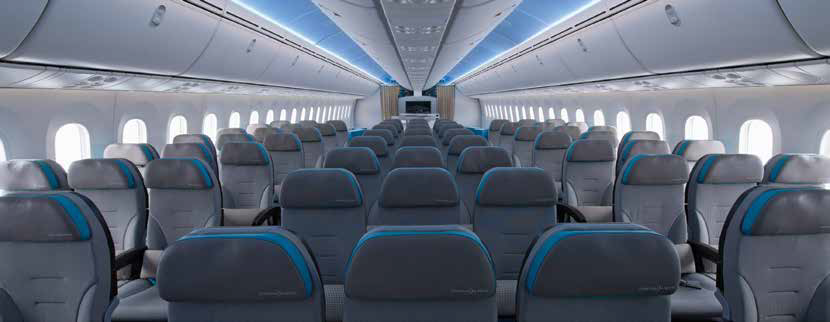Abstract
Laminated composite materials such as sandwich structures are widely used in the transportation industry due to their high stiffness and strength to weight ratio. Significant efforts have been made in improving the structural theories and prediction methods to give engineers a reliable tool to develop new structural concepts (i.e. vehicle front and rear end components, automotive and aeronautical seats). The complete mechanical behavior of a composite material is very difficult to be predicted without first calibrating the model to some test data. This is especially important when damage and rupture are considered for impact and crash analyses.
This project investigates how best to correctly predict the energy absorption of these non-isotropic and non-homogeneous materials, whose lamina thickness is typically of the order of 0.2 mm or less and consists of tiny fibers or particles dispersed in a matrix material. This makes it impossible to model details in the micro scale when considering a whole component or vehicle. The typical FE element size for metal structures is 5mm and needs to be similar for composite structures to ensure manageable simulation times.
Therefore, in order to achieve computational efficiency relevant models and theories need to be understood. This article examines some modelling techniques to simulate a sandwich composite laminate, paying particular attention to its non-linear behavior and correlated energy absorption features. The numerical results have been compared with experimental tests.
Read the article


